On the fifth anniversary of Stephen Hawking’s death, close friend and colleague Thomas Hertog unpacks the trailblazing physicist’s thoughts on the Big Bang’s origins.


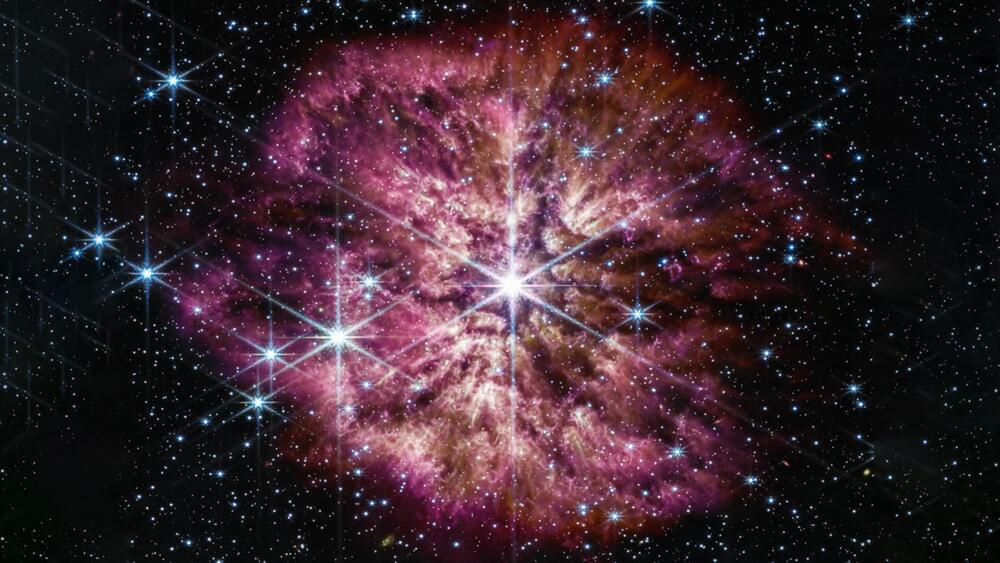
Called a Wolf-Rayet, these stars expel most of their outer layers into their surroundings before exploding as supernovae.
NASA’s James Webb Space Telescope has released a phenomenal image of a supernova waiting to happen. Called a Wolf-Rayet, these stars are among the most massive, luminous, and “briefly detectable” stars known. They’re at an advanced stage of stellar evolution and expel most of their outer layers into their surroundings before exploding as supernovae.
Webb had a rare sighting of a Wolf-Rayet star in June 2022. In the latest image, the telescope shows the star, WR 124, in unprecedented detail, thanks to its infrared instruments.
NASA, ESA, CSA, stsci, webb ERO production team.
Not all stars go through a brief Wolf-Rayet phase before evolving into a supernova, which is why astronomers think Webb has captured a rare phase. This particular star is 30 times the mass of the Sun and has shed 10 Suns’ worth of material – so far. According to a release, as the ejected gas moves away from the star and cools, cosmic dust forms and glows in the infrared light detectable by Webb.
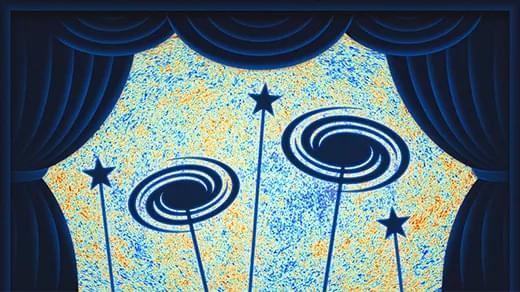
Over the course of its nearly 14-billion-year journey, the light from the CMB has been stretched, squeezed and warped by all the matter in its way. Cosmologists are beginning to look beyond the primary fluctuations in the CMB light to the secondary imprints left by interactions with galaxies and other cosmic structures. From these signals, they’re gaining a crisper view of the distribution of both ordinary matter — everything that’s composed of atomic parts — and the mysterious dark matter. In turn, those insights are helping to settle some long-standing cosmological mysteries and pose some new ones.
“We’re realizing that the CMB does not only tell us about the initial conditions of the universe. It also tells us about the galaxies themselves,” said Emmanuel Schaan, also a cosmologist at SLAC. “And that turns out to be really powerful.”
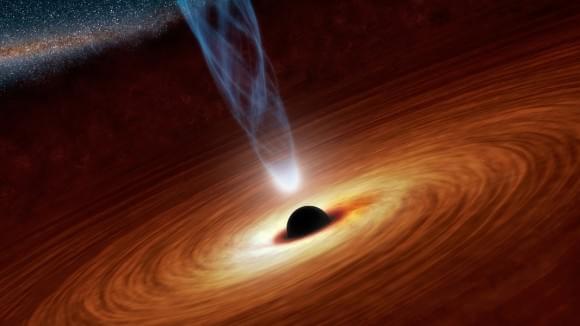
Year 2014 face_with_colon_three If black holes have infinitely small sizes and infinitely density this also means that string theory would also solve the infinitely small problem because now we know that infinitely small sizes exist and if that exists then so does infinite energy from super string essentially filling out the rest of the mystery of the God equation. This means that computers could be infinitely small aswell saving a ton of space aswell.
If you’ve wondered how big is a black hole? then you’ve come to the right place! Learn about the sizes of black holes and the multi-layered answer.
The Big Bang may have not been alone.
The Big Bang may not have been alone. The appearance of all the particles and radiation in the universe may have been joined by another Big Bang that flooded our universe with dark matter particles. And we may be able to detect it.
In the standard cosmological picture, the early universe was a very exotic place. Perhaps the most momentous thing to happen in our cosmos was the event of inflation, which at very early times after the Big Bang, sent our universe into a period of extremely rapid expansion. When inflation ended, the exotic quantum fields that drove that event decayed, transforming themselves into the flood of particles and radiation that remains today.
When our universe was less than 20 minutes old, those particles began to assemble themselves into the first protons and neutrons during what we call Big Bang Nucleosynthesis. Big Bang Nucleosynthesis is a pillar of modern cosmology, as the calculations behind it accurately predict the amount of hydrogen and helium in the cosmos.
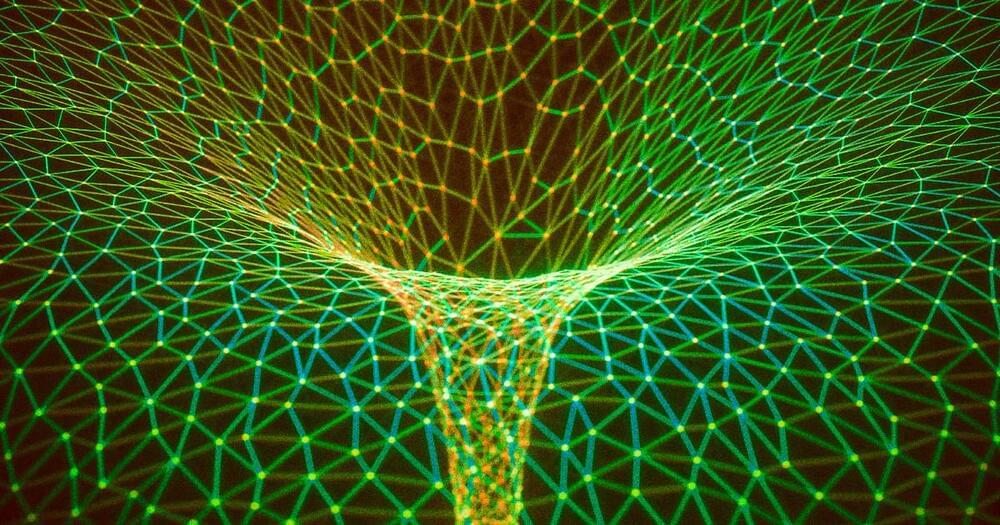
Published in the journal Quantum Science and Technology, Saleh’s research focused on a novel quantum computing technique that should — at least on paper — be able to reconstitute a small object across space “without any particles crossing.”
While it’s an exciting prospect, realizing his vision will require a lot more time and effort — not to mention next-generation quantum computers that haven’t been designed, let alone built yet. That is if it’s even possible at all.
Counterportation can be achieved, the study suggests, by the construction of a small “local wormhole” in a lab — and as the press release notes, plans are already underway to actually build the groundbreaking technology described in the paper.

Do multiverses exist? Is our universe one of many? The multiverse is a key plot device in the hit movie Everything Everywhere All At Once.
But does the multiverse have any basis in science?
Oscars 2023: Cosmologists are trying to figure out if there’s a group of multiple universes running parallel to each other—as seen in the hit movie “Everything Everywhere All At Once”—and whether they might be habitable.
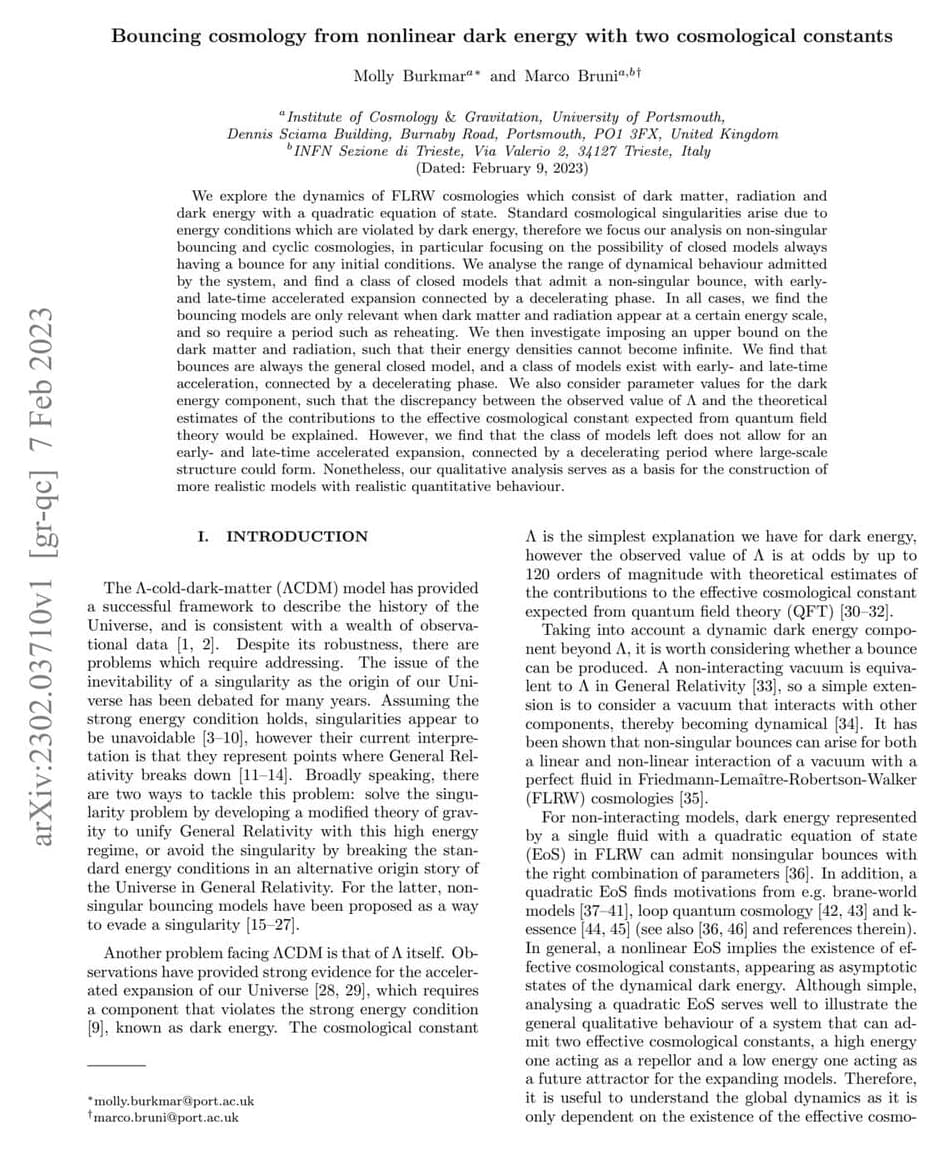
Go to https://brilliant.org/IsaacArthur/ to get a 30-day free trial + the first 200 people will get 20% off their annual subscription.
If the end of the world is nigh, it may be too late to avert a catastrophe. So what can we do to mitigate the damage or recover after a cataclysm comes?
Visit our Website: http://www.isaacarthur.net.
Join Nebula: https://go.nebula.tv/isaacarthur.
Support us on Patreon: https://www.patreon.com/IsaacArthur.
Support us on Subscribestar: https://www.subscribestar.com/isaac-arthur.
Facebook Group: https://www.facebook.com/groups/1583992725237264/
Reddit: https://www.reddit.com/r/IsaacArthur/
Twitter: https://twitter.com/Isaac_A_Arthur on Twitter and RT our future content.
SFIA Discord Server: https://discord.gg/53GAShE
▬ Cataclysm Index ▬▬▬▬▬▬▬▬▬▬
0:00 — Intro.
03:43 — Nuclear War.
11:24 — Asteroid.
15:34 — Supernova.
18:34 — Gamma Ray Burst.
21:51 — Massive Climate Shift.
23:15 — Snowball Earth.
24:34 — Super Volcano.
28:51 — BioWar.
30:46 — Zombie Apocalypse.
32:25 — Robots / AI
35:10 — Alien Invasions.
Listen or Download the audio of this episode from Soundcloud: Episode’s Audio-only version: https://soundcloud.com/isaac-arthur-148927746/journey-to-alpha-centauri.
Episode’s Narration-only version: https://soundcloud.com/isaac-arthur-148927746/journey-to-alp…ation-only.
Credits:
Surviving An Apocalypse.
Science & Futurism with Isaac Arthur.
Episode 385a, March 12, 2023
Written, Produced & Narrated by Isaac Arthur.
Editors:
This experiment can be used to solve several questions that scientists have been seeking the answers to for years.